|
[1]
|
REES W,WACKEERNAGEL M. Urban ecological footprint:why cites cannot be sustainable and why they are a key to sustainability[J]. Environmental Impact Assessment Review,1996,16(4-6):223~248. |
|
[2]
|
Rees W E.Ecological footprint and appropriated carrying capacity:what urban economics leaves out[J].Environment and Urbaniza-tion,1992,4(2):121. |
|
[3]
|
Wackernagel M,Onisto L,Bello P,et al.National natural capital accounting with the ecological footprint concept[J].Ecological E-conomics,1999,(29):375~390. |
|
[4]
|
Wackernagel M,Yount J D.The Ecological footprint:an indicator of progress toward regional sustainability.Environmental Monitoring and Assessment,1998,51(1/2):511~529. |
|
[5]
|
Scotti M,Bondavalli C,Bodini A. Ecological footprint as a tool for local sustainability:the municipality of Piacenza (Italy)as a case study.Environmental Impact Assessment Review,2009,29(1):39~50. |
|
[6]
|
陈敏,张丽君,王如松,等.1978年~2003年中国生态足迹动态分析[J].资源科学,2005(06):132~139. |
|
[7]
|
黄林楠,张伟新,姜翠玲,等.水资源生态足迹计算方法[J].生态学报,2008(03):1279~1286. |
|
[8]
|
徐中民,程国栋,张志强.生态足迹方法:可持续性定量研究的新方法——以张掖地区1995年的生态足迹计算为例[J].生态学报,2001(09):1484~1493. |
|
[9]
|
龙爱华,张志强,苏志勇.生态足迹评介及国际研究前沿.地球科学进展,2004,19(6):971~981. |
|
[10]
|
熊德国,鲜学福,姜永东.生态足迹理论在区域可持续发展评价中的应用及改进. 地理科学进展,2003,22(6):618~626. |
|
[11]
|
Odum H T,Brown M T,Brandt-Williams S L.Handbook of Emergy Evaluation[J].Gainesville,F L:Center for Environmental Policy,University of Florida,2000:147~181. |
|
[12]
|
张萌萌,王广成.基于能值生态足迹的区域生态承载力研究[J].山东工商学院学报,2018,32(04):68~75. |
|
[13]
|
鲁帆,焦科文,邓灵颖,等.基于生态足迹模型的城市可持续发展研究——以安徽省为例[J].绿色科技,2018(12):237~240+246. |
|
[14]
|
王丽萍,夏文静.生态足迹的国内外研究进展[J].经济研究参考,2018(01):56~68. |
|
[15]
|
彭建,吴健生,蒋依依,等.生态足迹分析应用于区域可持续发展生态评估的缺陷[J].生态学报,2006(08):2716~2722. |
|
[16]
|
Odum H T,Lan S F.Energy,Environment and Public Policy:A Guide to Analysis of Systems[J].Beijing:East Press,1992:320~270. |
|
[17]
|
吴景辉,王耕,于大涛,等.基于能值-生态足迹模型的齐齐哈尔市可持续发展水平分析[J/OL].资源与产业:1~10[2019-04-03
]. |
|
[18]
|
马赫,张天海,罗宏森,等.沿海快速城市化地区能值生态足迹变化分析[J].生态学报,2018,38(18):6465~6472. |
|
[19]
|
Zhao S,Li Z Z,Li W L. A modified method of ecological footprint calculation and its application. Ecological Modelling,2005,185(1):65~75. |
|
[20]
|
赵桂慎,王一超,唐晓伟,等.基于能值生态足迹法的集约化农田生态系统可持续性评价[J].农业工程学报,2014,30(18):159~167. |
|
[21]
|
|
|
[22]
|
蓝盛芳,钦佩,陆宏芳.生态经济系统能值分析.北京:化学工业出版社,2002:1~76,377~418. |
|
[23]
|
谭德明,何红渠.基于能值生态足迹的中国能源消费可持续性评价. 经济地理,2016,36(8):176~182. |
|
[24]
|
高阳,冯喆,王羊,等. 基于能值改进生态足迹模型的全国省区生态经济系统分析. 北京大学学报:自然科学版,2011,47(6):1089~1096. |
|
[25]
|
刘淼,胡远满,常禹,等. 基于能值理论的生态足迹方法改进. 自然资源学报,2008,23(3):447~457. |
|
[26]
|
张磊,鞠美庭,刘沁哲,等. 天津市能源消费的能值生态足迹与能源管理. 安全与环境学报,2011,11(3):142~147. |
|
[27]
|
曹威威,孙才志.能值生态足迹模型的改进——以海南为例[J].生态学报,2019,39(01):216~227. |
|
[28]
|
尚海龙,潘玉君.西藏牧区能值生态足迹测度与互动分析[J].科学技术与工程,2019,19(02):51~58. |
|
[29]
|
杨青,逯承鹏,周锋,等.基于能值-生态足迹模型的东北老工业基地生态安全评价——以辽宁省为例[J].应用生态学报,2016,27(05):1594~1602. |
|
[30]
|
杨瑾.基于能值生态足迹的甘肃省生态安全状况研究[D].兰州财经大学,2018. |
|
[31]
|
赵志强,李双成,高阳.基于能值改进的开放系统生态足迹模型及其应用——以深圳市为例[J].生态学报,2008(05):2220~2231. |
|
[32]
|
赵晟,吴常文.中国、韩国1980-2006年能值足迹与能值承载力[J].环境科学学报,2009,29(10):2231~2240. |
|
[33]
|
周斌,陈虎.基于能值足迹模型的我国生态经济可持续发展分析[J].商业时代,2014(05):15~16. |
|
[34]
|
马楠,徐玉霞,许小明,等.基于能值生态足迹模型的陕西省生态安全评价[J].河南科学,2018,36(12):1994~1999. |
|
[35]
|
王明全,王金达,刘景双,等.基于能值的生态足迹方法在黑龙江和云南二省中的应用与分析[J].自然资源学报,2009,24(01):73~81. |
|
[36]
|
徐猛,沈艺,潘旭东.基于生态足迹的1990-2010年石河子绿洲动态变化[J]. 石河子大学学报,2013,30(3):301~305. |
|
[37]
|
冯芳,金爽,黄巧华,等.基于能值~生态足迹模型的湖北省生态安全评价[J].冰川冻土,2018,40(03):634~642. |
|
[38]
|
王冠.基于能值-生态足迹法的资源型城市生态安全演变研究:以河南省焦作市为例[J].中国矿业,2018,27(04):91~95. |
|
[39]
|
张英楠,郑循刚.基于能值生态足迹法的河北省可持续发展分析[J].农村经济与科技,2018,29(05):237~238
+279. |
|
[40]
|
吴瑾.基于能值生态足迹的江苏省可持续发展分析[J].统计与决策,2017(24):104~106. |
|
[41]
|
朱玉林,顾荣华,杨灿.湖南省生态赤字核算与评价——基于能值生态足迹改进模型[J].长江流域资源与环境,2017,26(12):2049~2056. |
|
[42]
|
贺成龙.三峡工程的能值足迹与生态承载力[J].自然资源学报,2017,32(02):329~341. |
|
[43]
|
李俊杰,顾锦磊,张建坤,等.基于能值生态足迹模型的住宅小区环境负荷分析[J].城市问题,2015(01):49~53. |
|
[44]
|
张磊,鞠美庭,刘沁哲,等.天津市居民家庭消费的能值生态足迹动态测度与分析[J].安全与环境学报,2011,11(01):158~163. |
|
[45]
|
|
|
[46]
|
边淑娟,黄民生,李娟,等.基于能值生态足迹理论的福建省农业废弃物再利用方式评估[J].生态学报,2010,30(10):2678~2686. |
|
[47]
|
黄春,邓良基,高雪松,等.基于能值理论的秸秆利用生态足迹评估——以成都平原典型稻麦轮作区为例[J].中国生态农业学报,2014,22(06):722~728. |
|
[48]
|
|
|
[49]
|
王燕鹏,于鲁冀,卢艳.基于能值分析的河南省耕地生态足迹动态研究[J].环境科学与管理,2010,35(10):144~148. |
|
[50]
|
王国刚,杨德刚,苏芮,等.生态足迹模型及其改进模型在耕地评价中的应用[J].中国生态农业学报,2010,18(05):1081~1086. |
|
[51]
|
段七零.基于能值分析的江苏省耕地生态足迹区域差异[J].地理科学进展,2008(04):96~102. |
|
[52]
|
|
|
[53]
|
赵建强.基于改进旅游生态足迹模型的生态系统旅游可持续发展能值评价研究[J].生态经济,2016,32(11):108~111
+130. |
|
[54]
|
谭志海,袁京,刘博.生态足迹分析方法在西安市客运交通中的应用[J].西安工程大学学报,2011,25(01):42~46. |
|
[55]
|
宗刚,李易峰.北京市公共交通生态足迹考察[J].城市问题,2013(04):54~60. |
|
[56]
|
|
|
[57]
|
张畅.基于本地生态足迹的湖南省可持续发展评价[D].中南大学,2007.[D].中南大学,2007. |
|
[58]
|
蔡懿苒.国内外生态安全评价研究进展[J].安徽林业科技,2018,44(05):25~30
+34. |
|
[59]
|
|
|
[60]
|
方恺.环境足迹的指标分类与整合范式.生态经济,2015,31(7):22~26. |
|
[61]
|
方恺.环境足迹的核算与整合框架——基于生命周期评价的视角[J].生态学报,2016,36(22):7228~7234. |






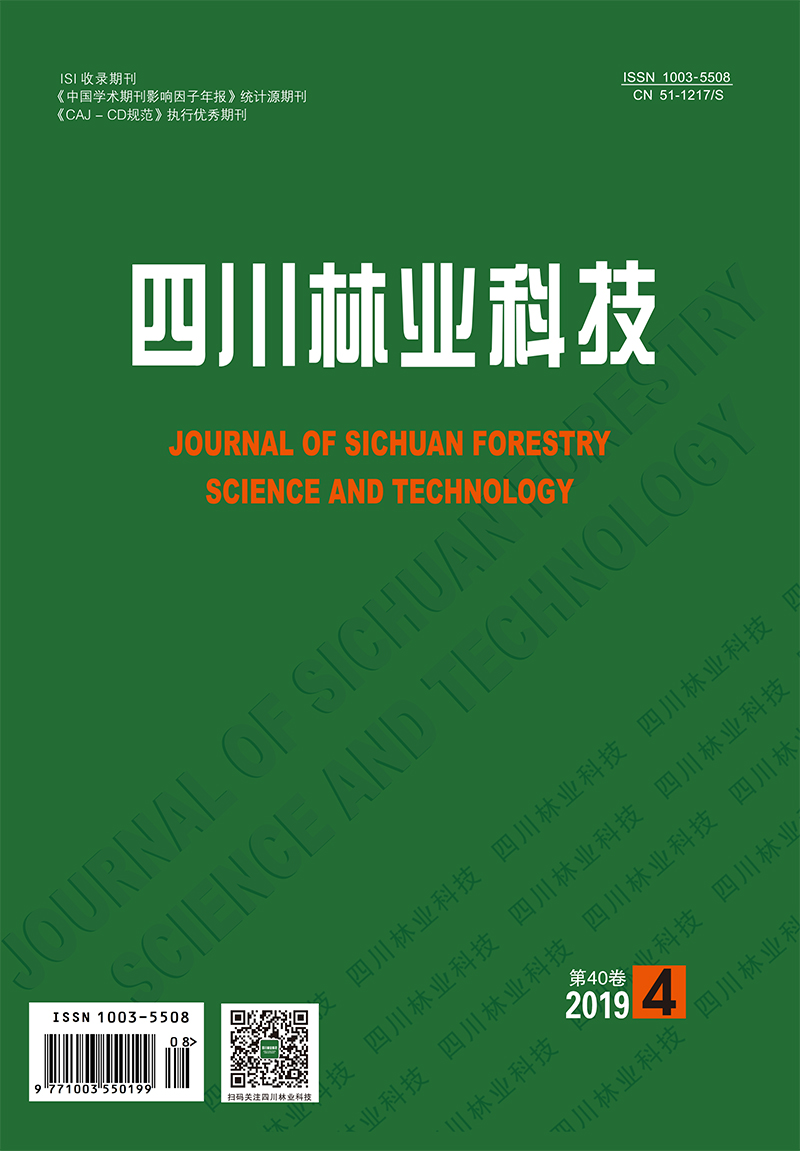





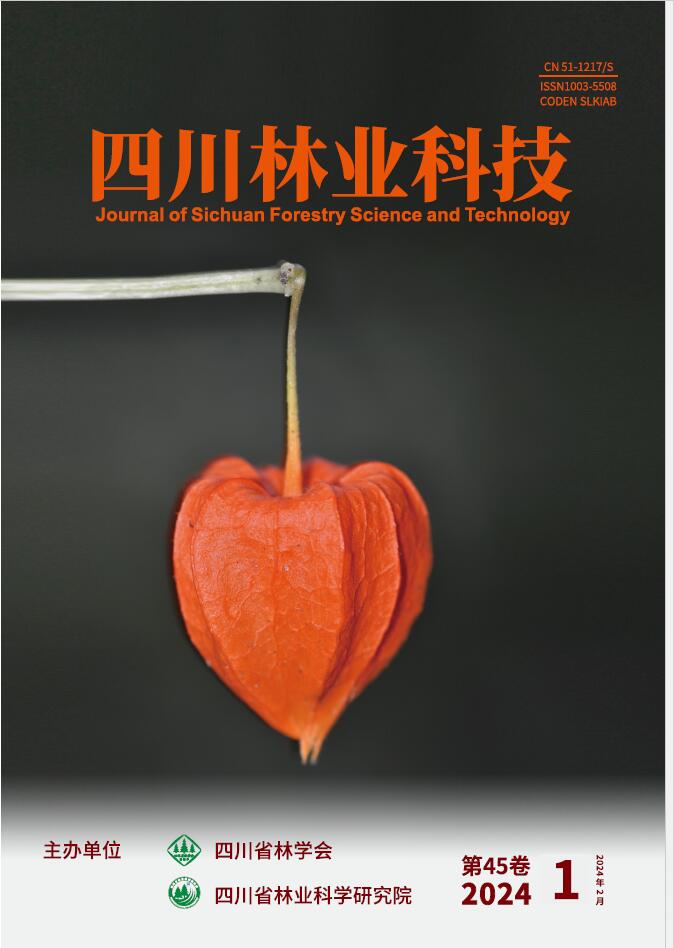
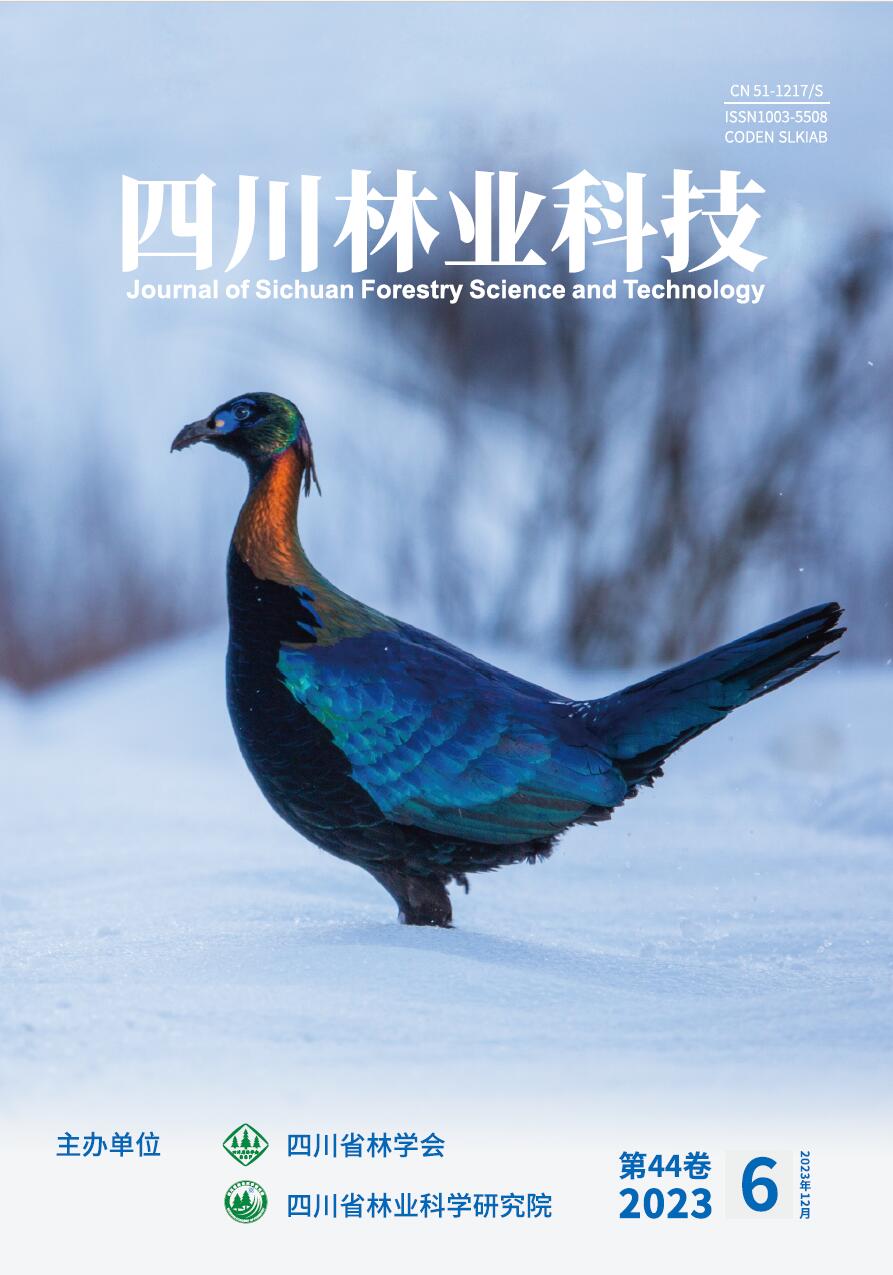
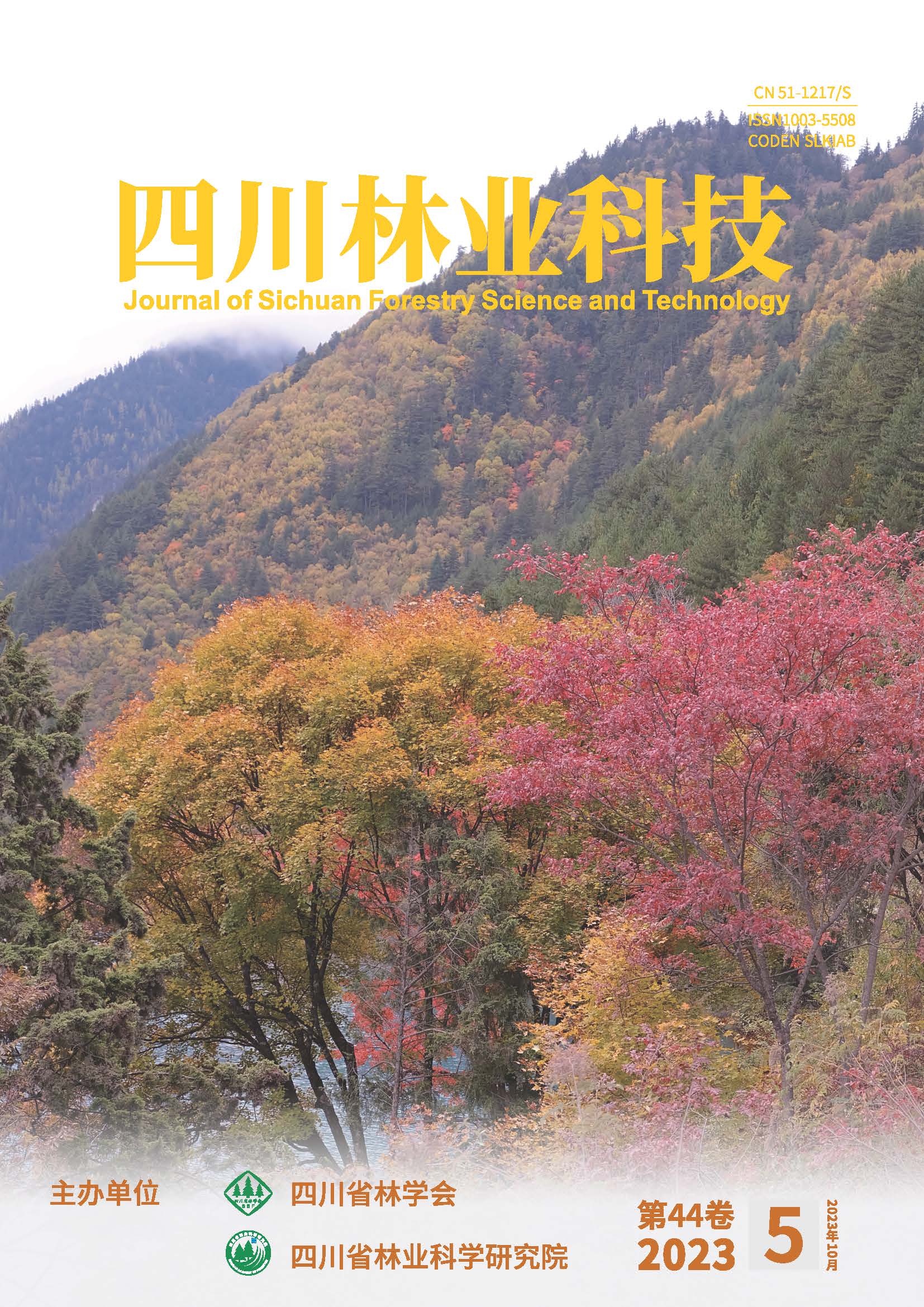
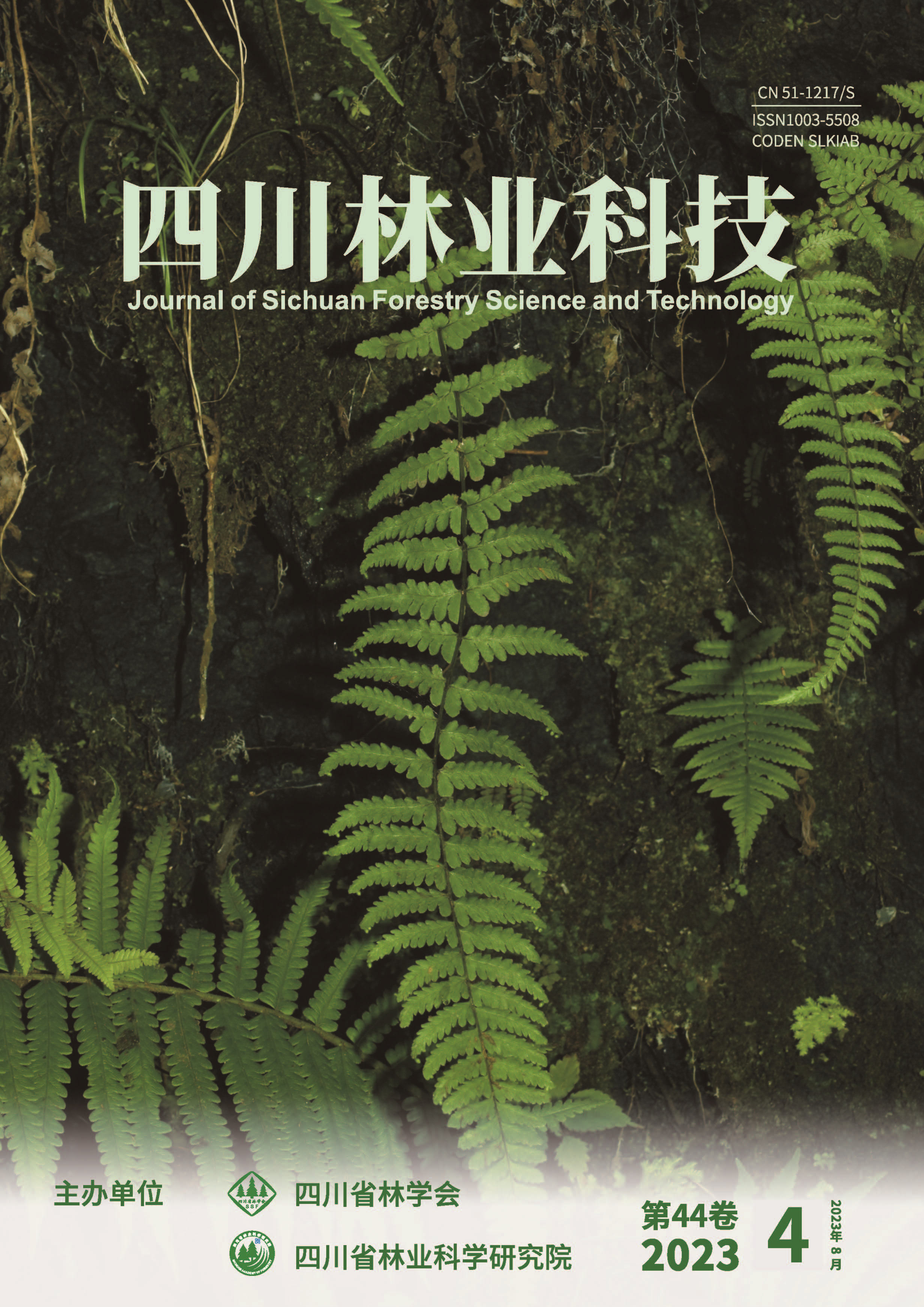
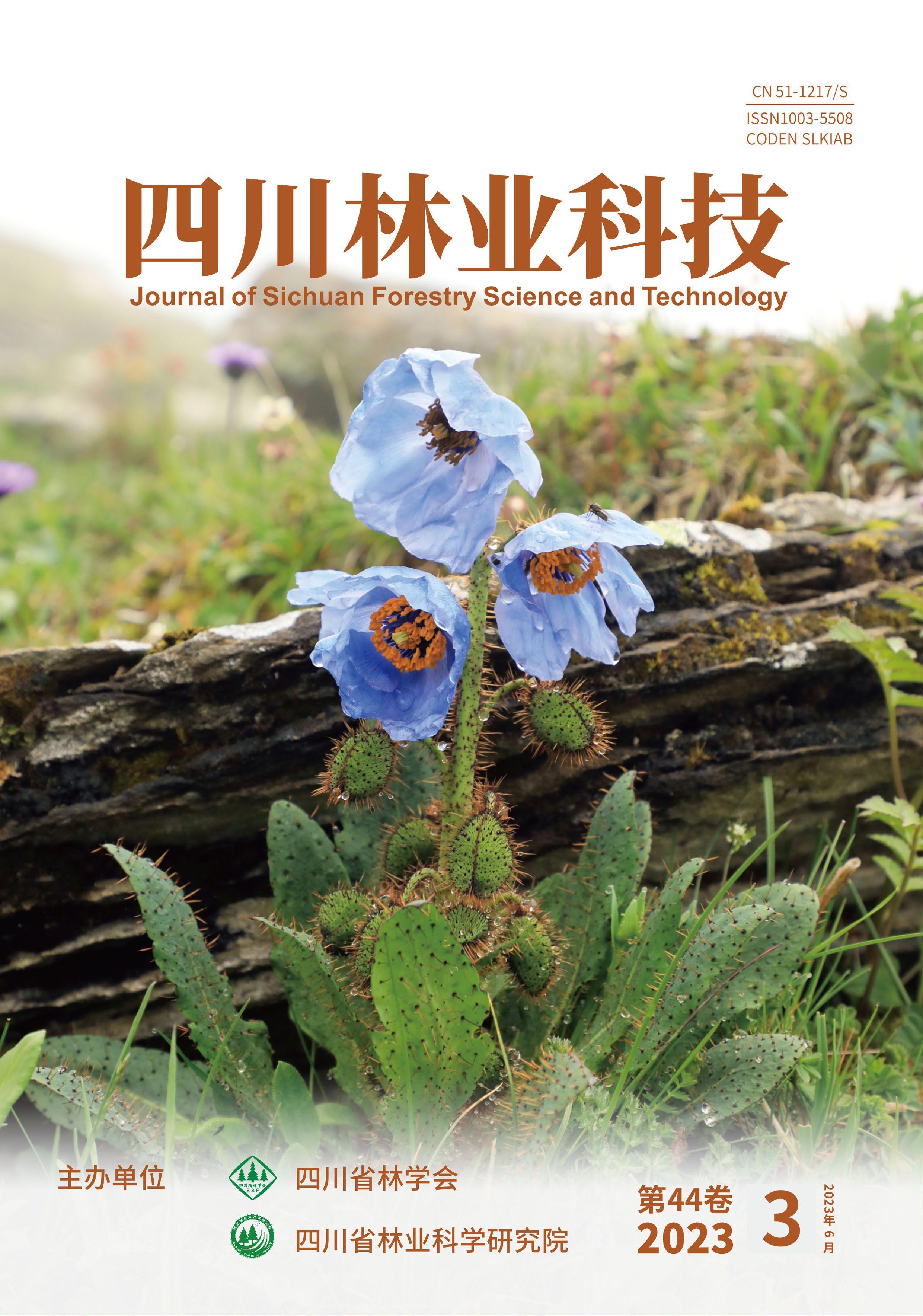
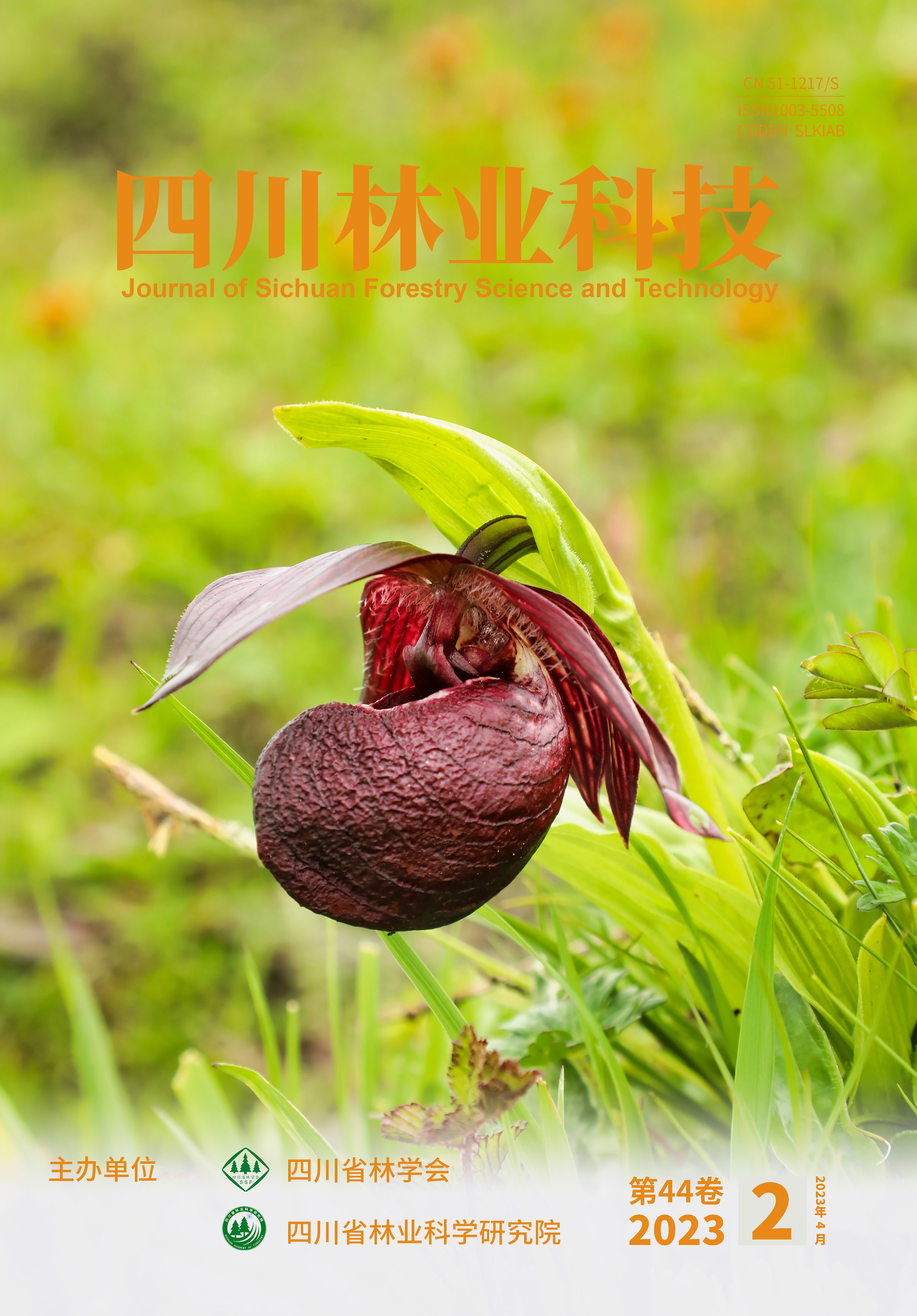
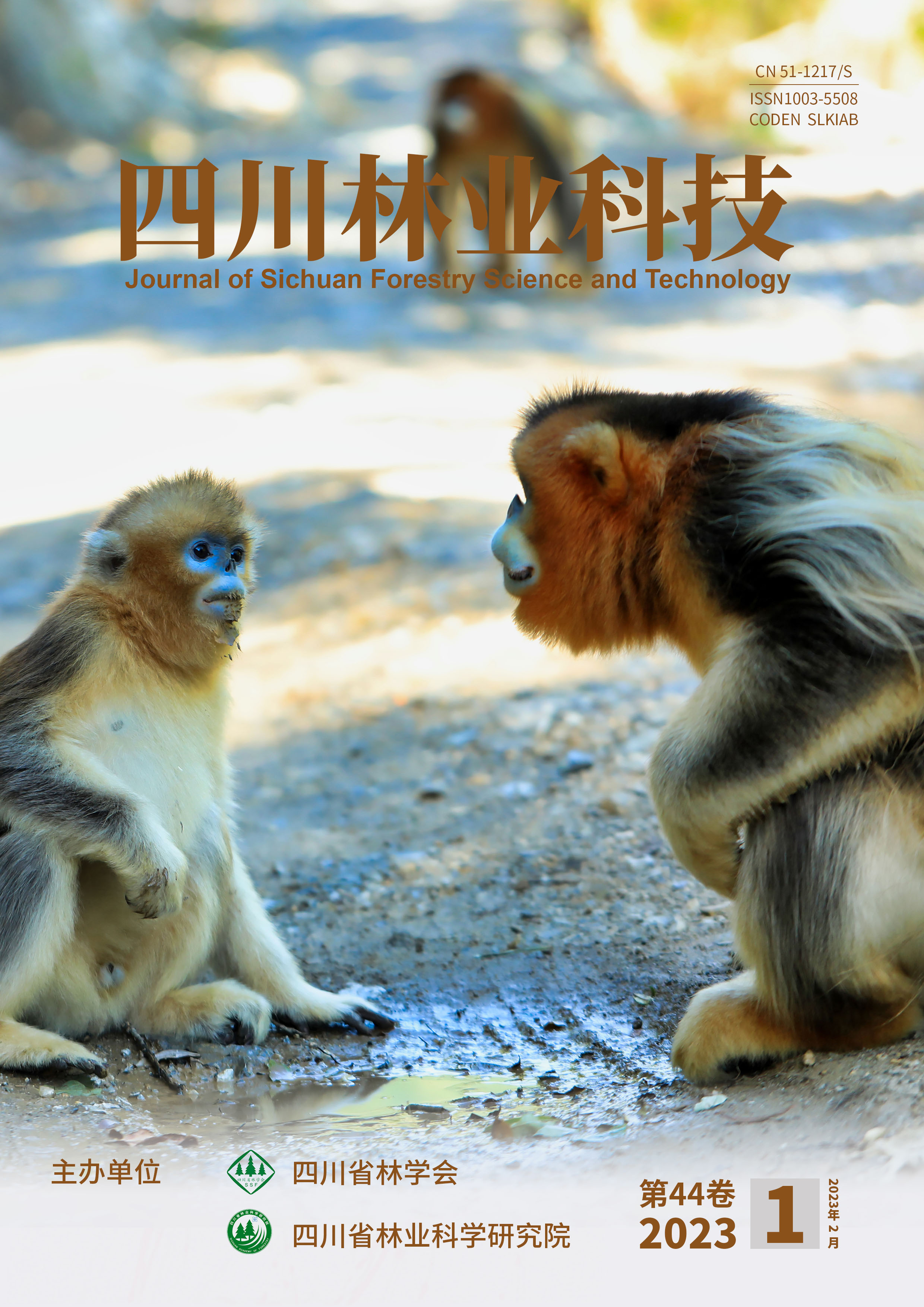


 DownLoad:
DownLoad: